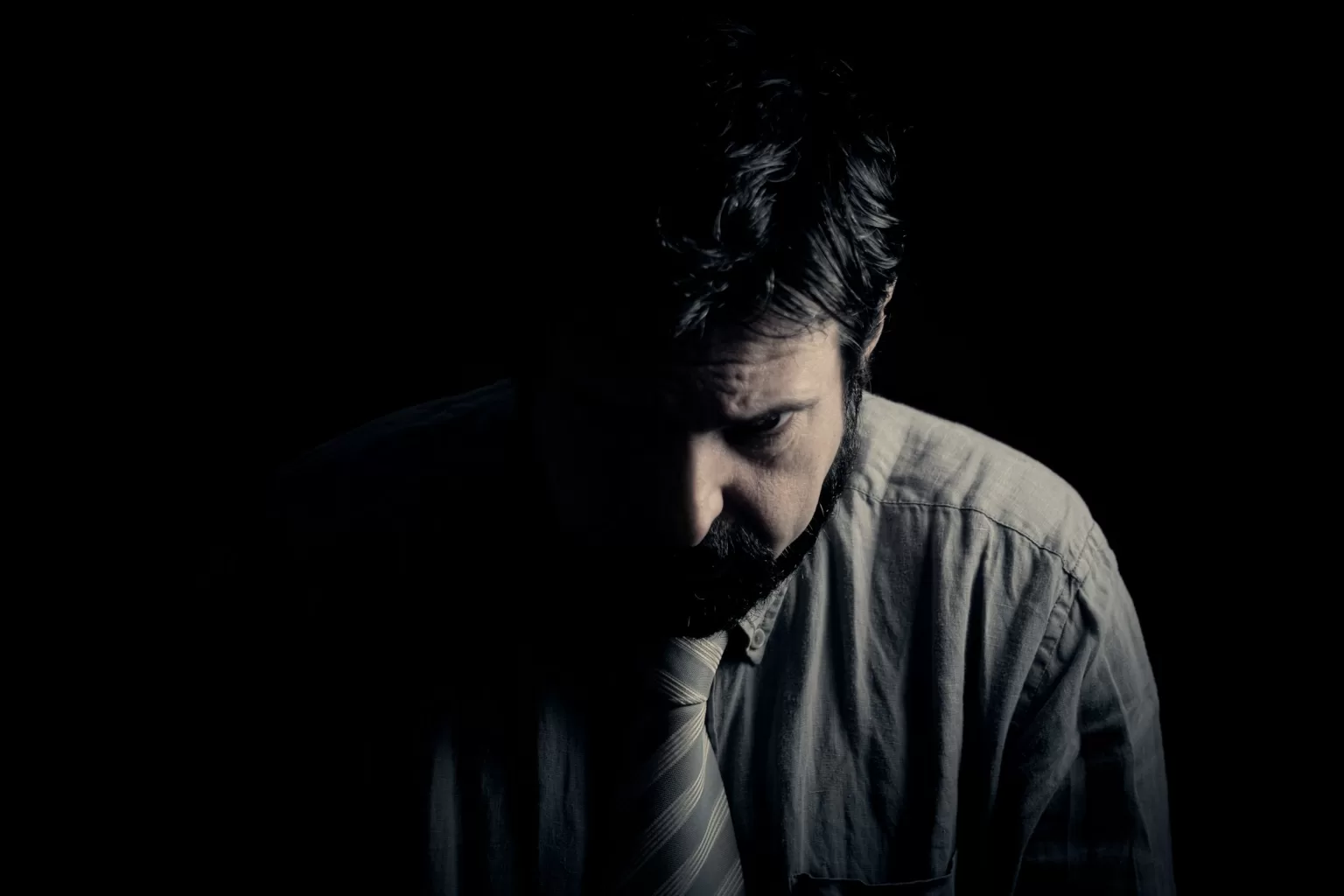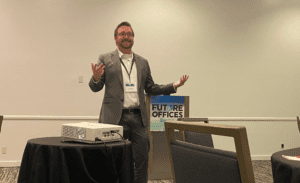We Lost a Massive Client. And It Was My Fault.
Eight years ago, I was promoted to client services director of a multinational SaaS company. In my new role, I was responsible for ensuring our 160-person team provided exceptional service to our 1,000+ investment accounting clients.
Nine months into my new role, we lost a large strategic client. A client that was paying us about a million dollars a year.
It was a client I hadn’t personally spent much time with, and I was surprised to hear they were leaving because we didn’t lose clients often.
When I received word of their termination, my mind whiplashed through several feelings.
First, I was shocked. How did this happen?
Then I was sad. We let this client down. We dropped the ball. We promised “world-class service,” but we didn’t provide it.
Then I was scared. Losing a client like this was a big knock against me and my leadership. Would I lose my job?
Then I was frustrated. Why did this situation come as a surprise to me? Why didn’t someone tell me things had gotten this bad?
I’m ashamed to say, I thought about all of the employees I could blame for losing this big client: the account manager, the implementation manager, the team leader, the leader of that 50-person division, the sales rep who promised the moon to this client, etc.
Our brains are adept at crafting narratives that paint us as the “good guy.” We cling to stories that exonerate us of wrongdoing. And boy, did I want to let myself off the hook.
It’s easier to convince yourself it’s not your fault than it is to realize you played a role in the problem.
But here’s the thing: As the leader, it was my fault
“When you are a leader, most things that go wrong are not directly your fault, but they are always your responsibility.” -Elena Botelho and Kim Powell
After a bit of self-reflection, I realized that losing this client was my fault. I say that for several reasons:
- It was my responsibility to know about client issues — especially for our strategic clients. I should have instituted better mechanisms for tracking at-risk clients.
- I should have created more psychological safety so the team felt more comfortable sharing the problems the client was facing.
- When I previously heard whispers about issues with this client, I should have asked more questions and seen our mistakes as early warning signals that the client could leave us.
- I should have been more sensitive to the support this client needed when I moved one member off that servicing team a couple of months earlier.
One of the demands of leadership is owning your mistakes and taking responsibility for what happens on your watch. This issue was on me.
What’s the benefit of denying responsibility?
“Leaders must own everything in their world. There is no one else to blame.” -Jocko Willink
When shit goes down, others will expect you (and everyone else) to run from responsibility. After all, it’s easier to point the finger at others.
But what’s the benefit of denying responsibility?
Protecting your fragile ego? Trying to not get fired? Preserving others’ respect?
Whenever I’ve claimed responsibility, most colleagues (both above and below me in the organization) actually respond more positively than if I had tried to pass the blame.
Counterintuitively, taking ownership often earns you more respect than denying blame. In most organizations, you’re more likely to get fired if you say it wasn’t your fault than if you say it was.
The best leaders take responsibility for all of the team’s output. They give credit when things go well and take blame when things go poorly.
As the leader, you are ultimately responsible. Whenever an issue arises, reflect on what you could have done to prevent the problem. Own it.
Take extreme ownership
Retired Navy SEAL Jocko Willink calls this “extreme ownership.”
In a TEDx talk, Willink recounts a wartime situation when his command and other troops suffered casualties from friendly fire. After the incident, he was called in to see his commanding officer, an investigating officer, and the master chief to explain what caused the death of one friendly Iraqi soldier, two other friendly Iraqi injuries, and one Navy SEAL injury.
As much as he wanted to point the finger at others (and there were a lot of other people who could have taken the fall), Willink told his commanders the incident was his fault.
“There was only one person to blame. And that person was me. I am the commander, I am the senior man on the battlefield, and I am responsible for everything that happens. Everything.” -Jocko Willink
Where do you need to take extreme ownership?
Did you recently lose a star employee, strategic partner, or big client? If so, how did you respond?
Did you look for someone to blame or did you take accountability for the problem that happened on your watch?
One of the toughest aspects of leadership is learning that everything that happens in your area is your problem. The best leaders take responsibility for all of the team’s output. They give credit when things go well and take blame when things go poorly.
What would it look like to take extreme ownership of your work today?




